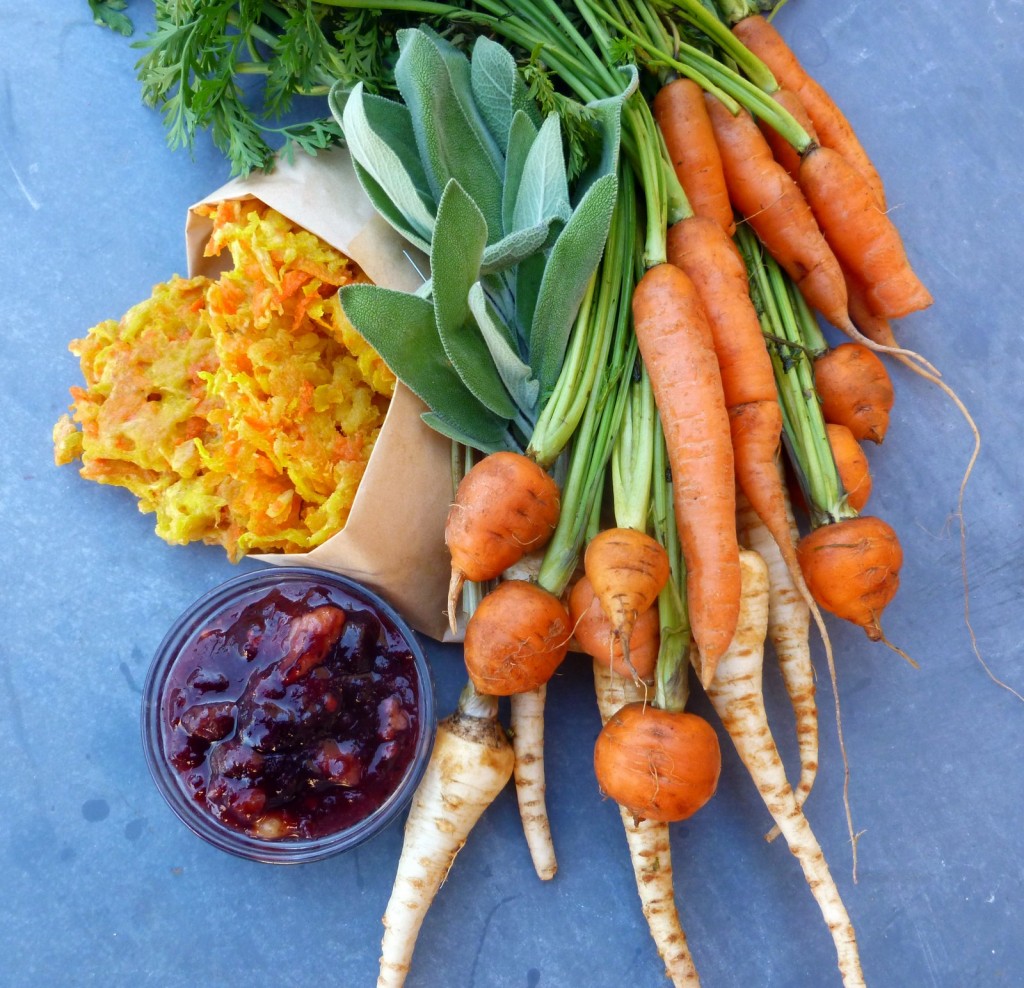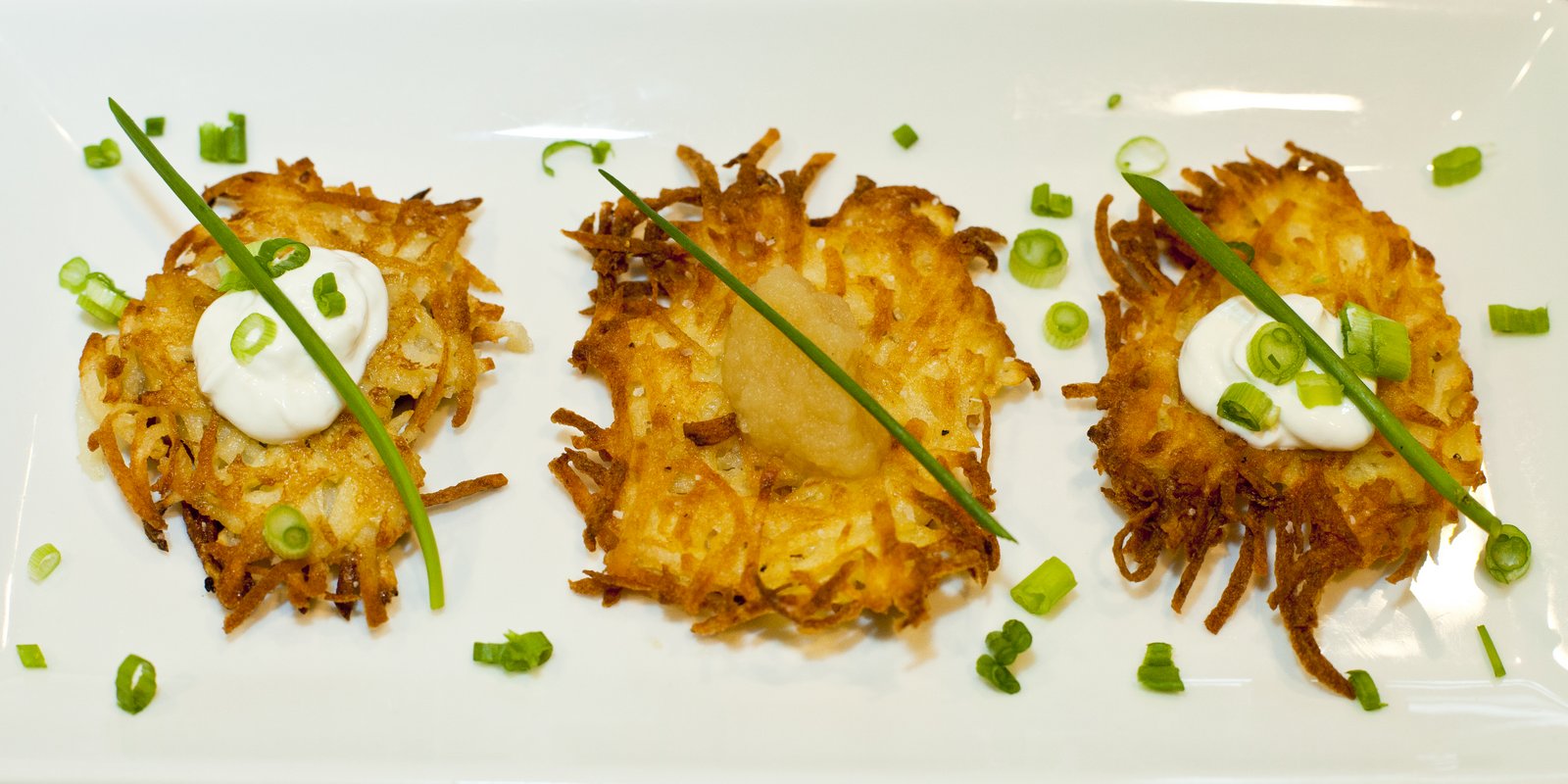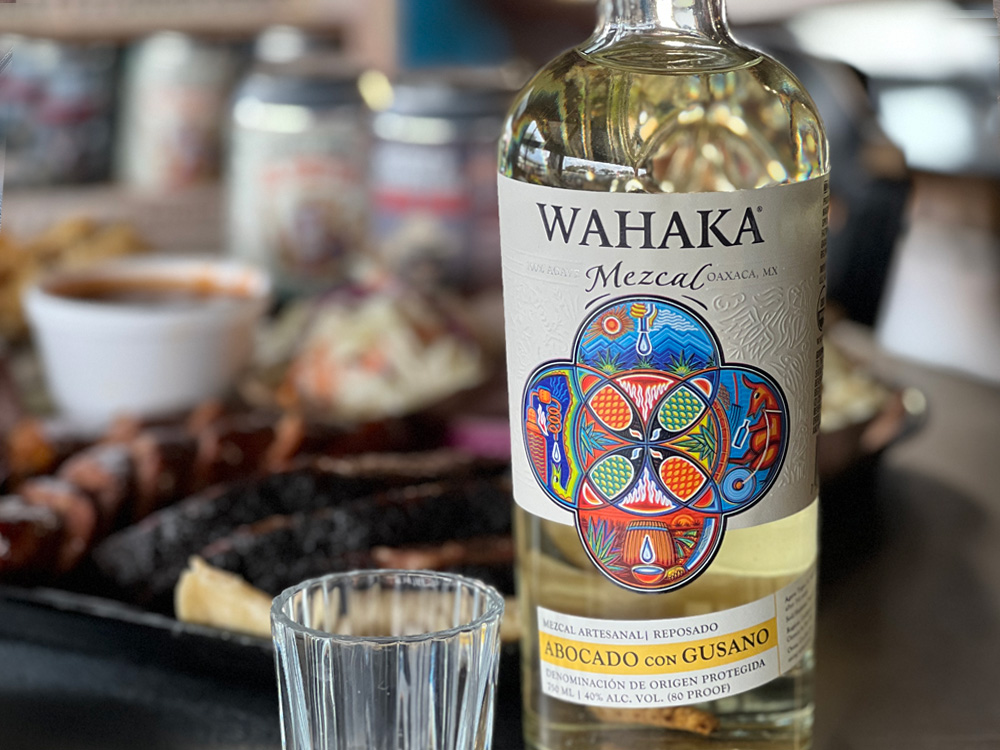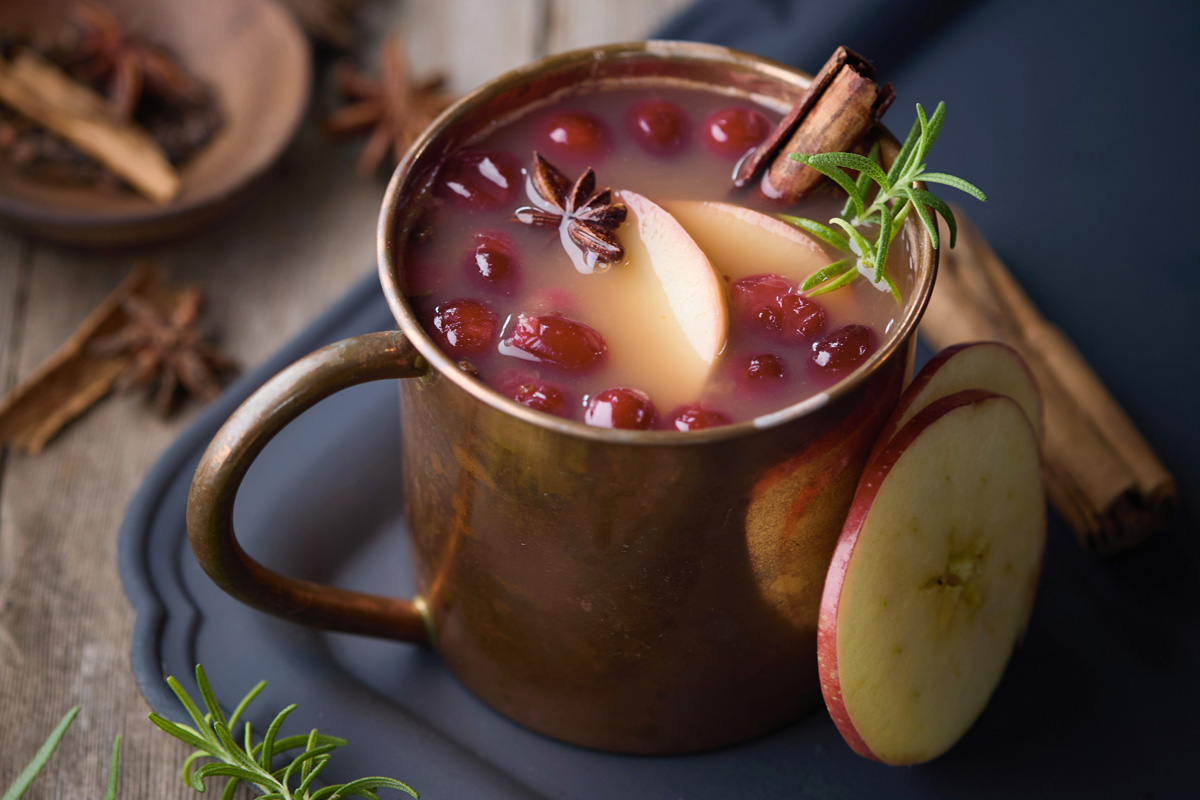
The potato pancake is a delicious hallmark of the Hanukkah celebration – but the honor has little to do with the fact that latkes are made from potatoes. The Festival of Lights, which starts at sunset on Dec. 16 this year, celebrates all fried foods to commemorate the miracle of a little bottle of olive oil.
Sometime before 165 BC, the Greek king of Syria, Antiochus, banned all Jewish practices and forced the people to accept and worship Greek Gods. His soldiers desecrated the Temple in Jerusalem, and finally, a small band of Jewish rebels, the Maccabees, fought back. And they won. The people cleaned and restored the Temple, but to rededicate the Temple, they needed to light the Menorah, which was supposed to burn all night, every night. It took eight days to make the oil for the Menorah, but all they had was one little bottle, just enough for one day.
They lit the Menorah anyway, and miraculously, the oil lasted for eight days. Those in charge declared an eight-day festival to celebrate the miraculous oil. So Hanukkah is a happy holiday because it celebrates a triumph – not the military one, but the triumph of a little bottle of oil that lit up the Temple for 8 days more than 2000 years ago.
Today’s latkes are still fried, of course, but for Di-Anna Arias, Vice President of Sales & Culinary Vision for Don Strange of Texas, the delicious pancakes pack a ton of culinary potential. She notes latkes weren’t always made from potatoes. People made latkes from whatever was seasonally available, so today’s creative latke dishes are actually a throwback to ancient times.
Ms. Arias said she’s experimented with sweet potato, cauliflower, broccoli, guacamole, cheese and even tuna.
“Latkes are so delicious. We eat them year round. They can be prepared in so many different ways. And simple variations make a big impact,” she said.
The classic potato pancake, made with grated potatoes, onions and eggs, is traditionally served with applesauce, but latkes can also be topped with sweet or savory condiments, served as a side dish or even a dessert. Ms. Arias also suggests making them in different sizes for different purposes.
“Make an appetizer with mini latkes and just add a little crème fraiche and caviar. The possibilities are endless,” she explained. “There’s no rule that says you have to use potatoes or only serve them for Hanukkah.”
Ms. Arias also recently developed a recipe for a root vegetable latke.
“It’s a take off of the classic latke, but we use root vegetables like parsnip, golden beet, sweet potato and carrot. And we serve it topped with Don Strange cranberry and pecan chutney,” Ms. Arias said.
She uses a little kitchen magic to make the root vegetable latkes a success every time.
“The trick is to roast the vegetables first – for about 25 minutes at 375 degrees — so they caramelize a little. Then just follow the recipe for the classic potato latkes, using the root vegetables instead of potatoes,” she said.
Ms. Arias also created several versions of a “Latke Benedict,” which demonstrates the versatility of the potato pancake. Instead of bread, the latke takes over as the base with a poached egg and artichoke hollandaise sauce on top. She also suggests adding smoked salmon and crème fraîche for a delectable departure from the classic.
“We’ve even featured latkes made with parsnips and sweet potatoes (parsnips add a great flavor) and topped them with roasted figs, ricotta and honey. There are no limits to the flavor combinations you can create,” she added.
Go ahead. Create your own classic. And remember latkes are just as delightful straight from the pan. Enjoy!







